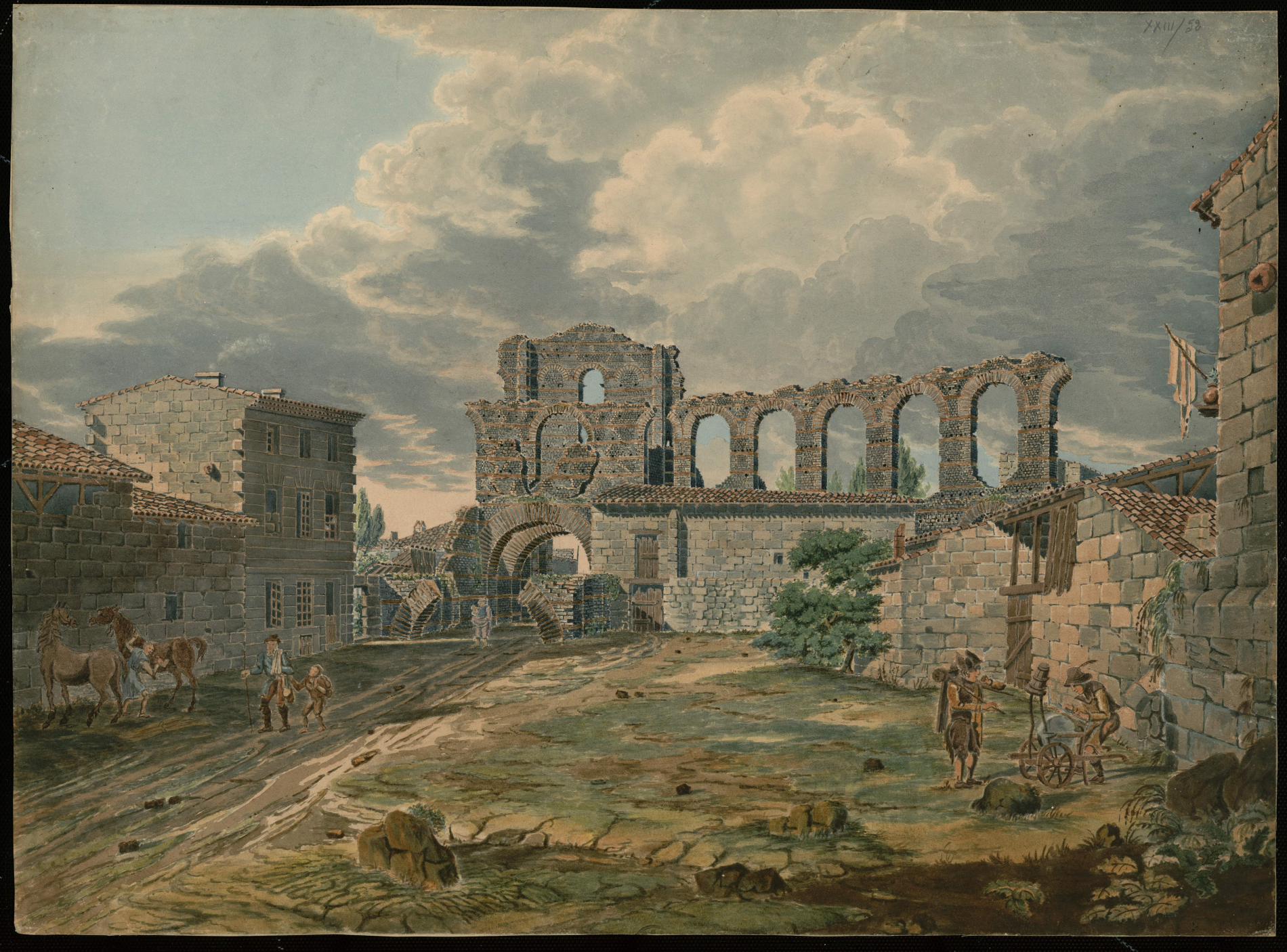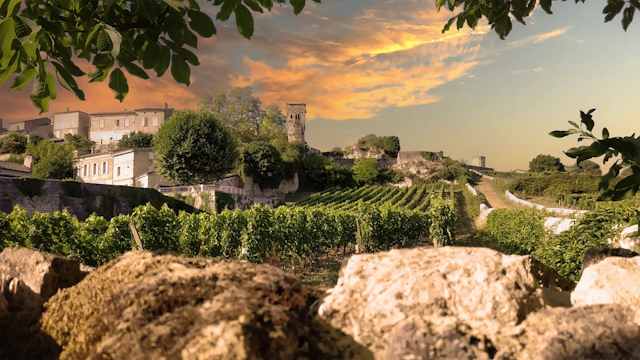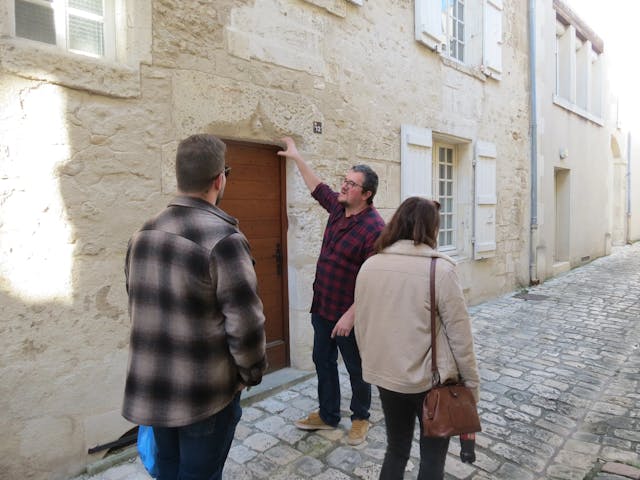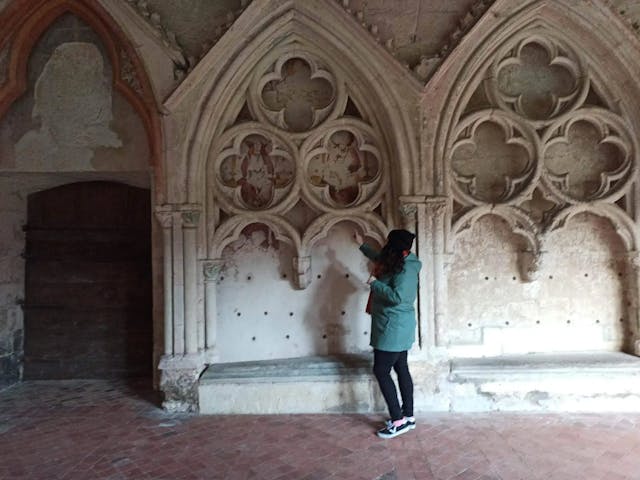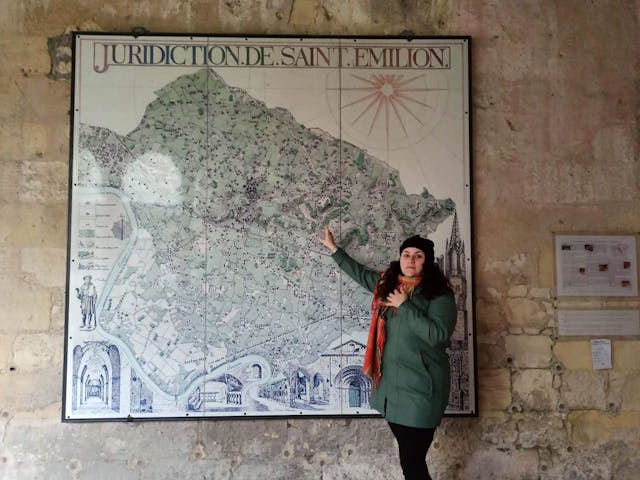Bordeaux is a city where history and mystery combine. From its humble beginning to its present as part of the UNESCO’s World Heritage List. Known also as The Sleeping beauty, Bordeaux has its own spirit. The town is situated in the region of Nouvelle -Aquitaine, the department of Gironde. It is a port city, that had a huge significance for the people occupying its territory not only now, but as far back as the Iron Age and the famous Gallo-Roman period in Bordeaux when it all began.
How it all started
The first signs of inhabitants in this area came from around the 6th century B.C. (second Iron Age.) At that time the majority of the occupants were probably living in the area between the Deveze, Peugue and Garonne rivers. This is inside a perimeter of about 5 hectares (which is roughly the area around the Grand Theater.)
Cesar and Gaul
Around 58 B.C., Cesar intervened in Gaul. In order to find a more hospitable ground a huge migration of tribes (Helvetii) accrued. Using the pretext of helping his Gaulish allies, Cesar marched his Roman army into Gaul territory. In actuality, there could have been many other reasons for Caesar’s interest in the region. Such as the fact that this migration could have disorganized Rome’s supply roads or helped Caesar’s rise to power. In any case, this consequentially started an event known as the Gallic wars.
Burdigala and the Origins of the name
After the Romans won, they would then give the region of Aquitaine to the Bituriges Vivisques (literally “Bituriges moved”) – a Celtic tribe from the Bourges region who controlled the tin traffic brought from Armorica and Brittany (Great Britain, Cornwall). It is considered that they were the ones who gave Bordeaux its ancient name – Burdigala. There are a couple of interesting theories concerning the origins of the name.
One is that it derived from the Basque language in which burd meant swamp and gala–shelter, probably inspired by the fact that the region actually resembled a muddy swamp at the time. Consequentially the name evolved in Bordigala, then Bordale in Basque, Bordèu in Gascon and “Bordeaux” in French. It became the capital of the Roman province of Aquitaine during the rule of Emperor Vespasian.
Under the rule of the Romans, Burdigala, grew exponentially, expanding towards the Garonne river banks after the draining and back-filling of the soil around it. The urban structure of the city quickly changed. A specific grid system replaced all the quickly-made structures around the town. This check-board- kind of structure was based on two major axes. Le cardo (north-south) which corresponds to rue Saint Catherine and le decumanus (west-east) which corresponds to the current route between Porte-Dijeaux-Saint-Remi.
During the Severes dynasty (193-235) Burdigala quickly became a modern, roman city entering its golden age, with paved streets, canalization, baths, aqueducts, etc. A notable structure from time – Les Piliers de Tutelle or The Pillars of Guardianship is considered to be a temple built for the tutelary goddess of the city, though other theories lean towards it being a forum. A geographer during the 9th century describes the structure –
North of Bordeaux, there is a building that can be seen from afar and which rests on high and thick columns: it was the palace of Titus.
Unfortunately, the building was destroyed in February 1677 by the order of Louis XIV. Now, the place where once stood this magnificent structure is replaced by Place de la Comédie. (It was located at the western end of the terrace of the Grand Theater, opposite the street Mautrec). It remains only as an engraving and a street that bears this name.
Another building of that period that we can still see is the skeleton of – Palais Gallien. Judging by its size we can roughly estimate the population of Burdigala. It would have been double the capacity of the amphitheatre estimated to be around 22,000 spectaculars. Now you can visit a small part of the monument and take a look at the ancient history of Bordeaux during that period.
In 276 the city was hit by an invasion of barbaric tribes (and in 409), who looted and burned the town. The invasions continue in 414 by the Visigoths. And in 498 the Franks further destabilised the city, plunging it into obscurity.

Droits d’utilisations
Domaine public. – Licence Creative Commons Marque du Domaine Public 1.0.
